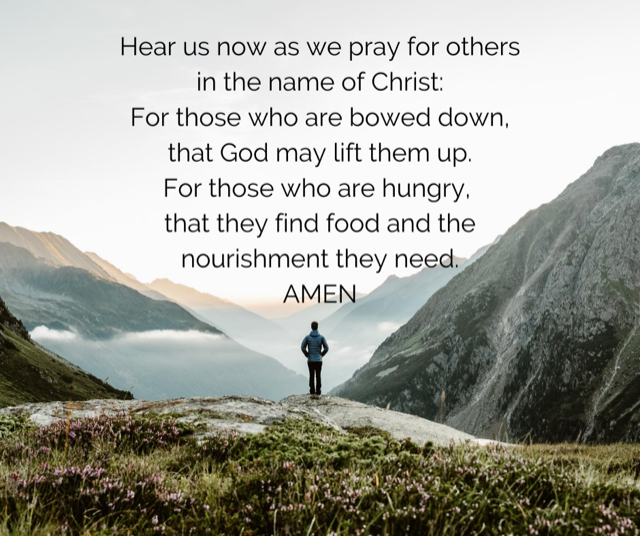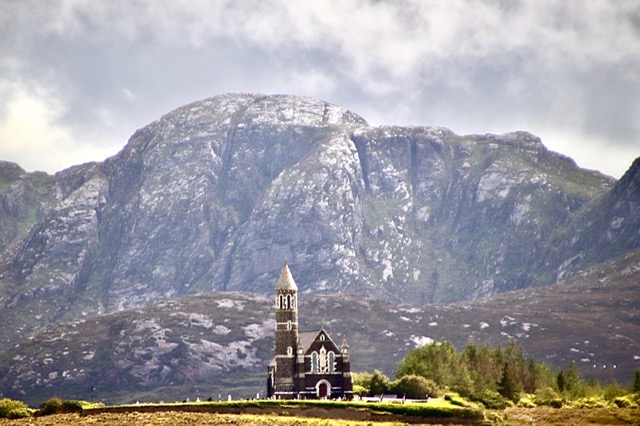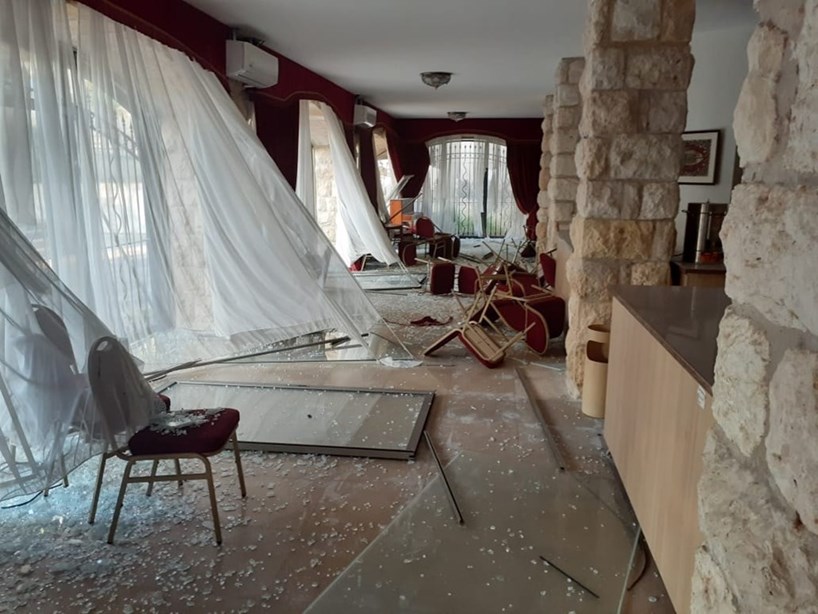 Effects of the blast on All Saints’ Anglican (Episcopal) Church, Beirut
Effects of the blast on All Saints’ Anglican (Episcopal) Church, Beirut
WCC sends condolences in wake of explosion in Lebanon
In the wake of a tragic explosion in Beirut, Lebanon, the World Council of Churches (WCC) sent condolences and called for prayers for those who lost loves ones, for the injured, and for the ongoing work of the rescue teams.
In a letter addressed to the member churches in Lebanon and the Middle East Council of Churches, WCC interim general secretary Rev. Prof. Dr Ioan Sauca expressed deep compassion and solidarity on behalf of the global fellowship. “I offer my heartfelt condolences to the families of those who lost their lives in this tragedy and pray for a swift recovery to the thousands who are injured,” Sauca wrote. “Be assured that our churches worldwide are praying for the victims among you, the rescue teams, the families affected, and all the Lebanese people traumatized by this tragic incident.”
Sauca called upon God’s mercy, love and grace that the Lebanese people may be empowered with strength to move forward. “Lebanese people need all possible humanitarian aid to survive this tragedy, heal their injured victims and reconstruct their homes, hospitals, churches and work places in the midst of an already very difficult economic, financial, political and social context,” the letter reads.
The full text of the letter is at –
[[] https://www.oikoumene.org/en/resources/documents/general-secretary/letter-to-the-churches-in-lebanon-by-wcc-interim-general-secretary-rev-prof-dr-ioan-sauca/ ]
WCC member churches based in Lebanon
Armenian Apostolic Church (Holy See of Cilicia)
National Evangelical Synod of Syria and Lebanon
Union of the Armenian Evangelical Churches in the Near East
WCC member churches present in Lebanon
Evangelical Church in Germany
Church of Norway
Episcopal Church in Jerusalem and the Middle East
Greek Orthodox Patriarchate of Antioch and All the East
Syrian Orthodox Patriarchate of Antioch and All the East
Holy Apostolic Catholic Assyrian Church of the East
Small churches thinking big!
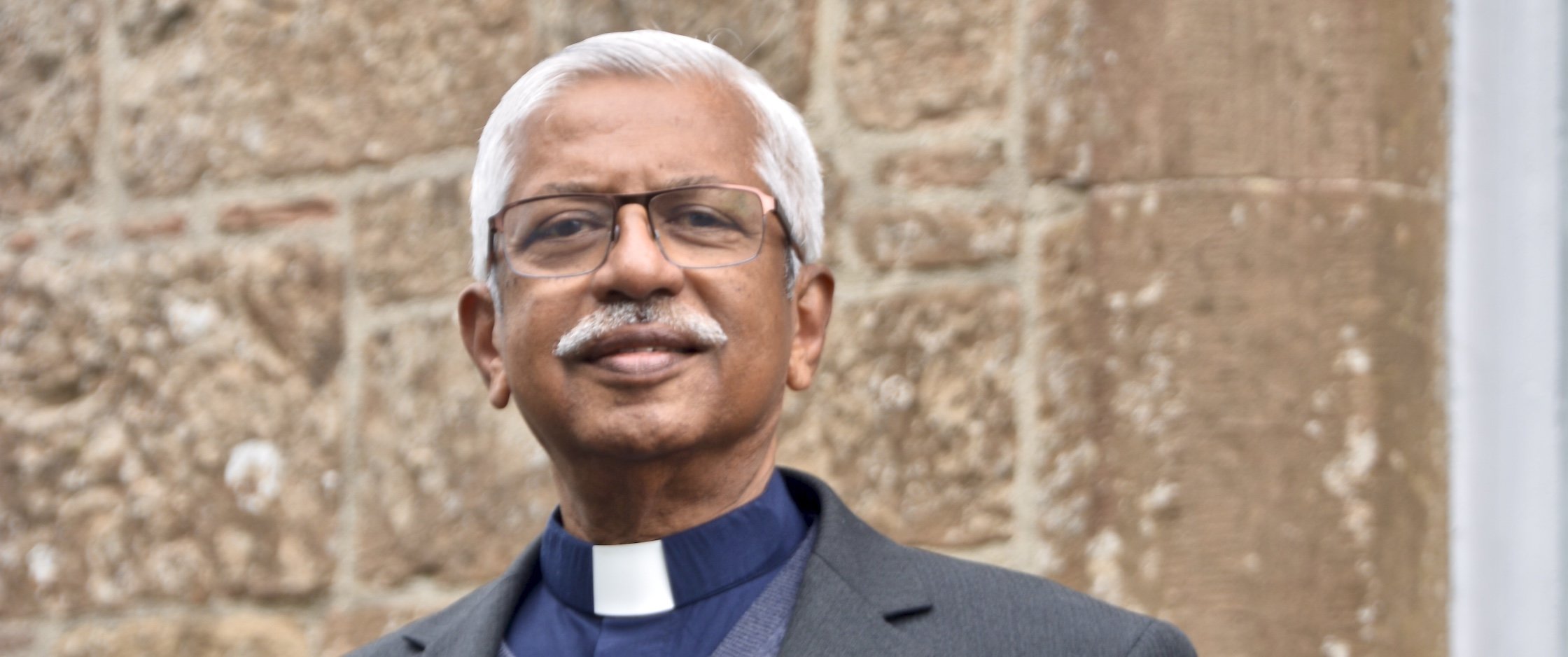 Canon Rajkumar Sathyaraj has been Minister in Charge of Kilwarlin (Upper & Lower) for almost two years now. We hope you’re encouraged by his report of two small congregations who are thinking big.
Canon Rajkumar Sathyaraj has been Minister in Charge of Kilwarlin (Upper & Lower) for almost two years now. We hope you’re encouraged by his report of two small congregations who are thinking big.
St. John’s, Upper Kilwarlin
St John’s is a lovely old church located in a quiet rural area near Hillsborough. We are blessed with a small but faithful congregation and we praise God that the numbers are increasing.
We have started a monthly prayer meeting, a Healing Service and a Service of Evening Praise once a month to encourage our young people. Alpha courses and regular Bible studies are helping us to grow together spiritually.
The Fellowship and Fundraising committee has been organising events to encourage members and neighbours to build relationships as well as raise funds for important projects. One of these was a good car park which we are delighted to say has been completed. Recently the Select Vestry invested in screens and a projector and the first service after lockdown on 5th July was done completely on PowerPoint.
The church does not have a hall but the Lord in a wonderful way has guided the Select Vestry to plan for one. It will be prefabricated, and we pray that it will be installed in the near future so that it can be a hub for outreach to the local community with activities and programmes for all ages.
Even though we were not able to gather for services for three and half months, members have been very supportive and generous, and our finances are in a healthy position. We praise God for His providence.
Our goal is to have a lively missional church which will be a blessing to our neighbours. We also pray that in future the church along with St James’ church will be able to support a full-time Rector.
The second parish will be featured tomorrow.
New revision of C of E guidance on pandemic
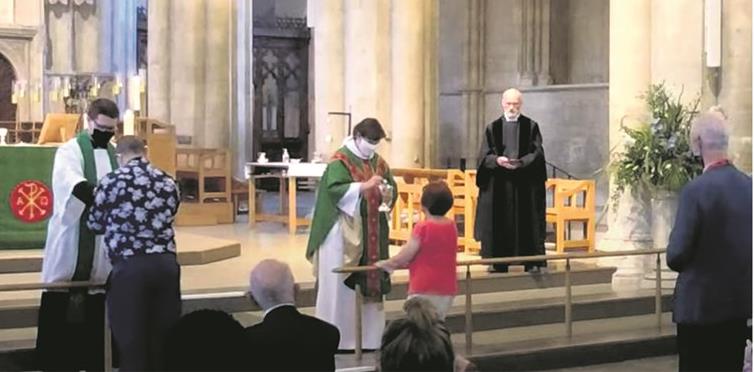 Eucharist at St Alban’s Cathedral on Sunday last
Eucharist at St Alban’s Cathedral on Sunday last
The C of E has created and updated advice to clergy and congregational leadership teams on responding to the government requirements and other areas of concern.
The latest Church of England update gives guidance on face coverings in places of worship, which will be mandatory for congregations from Saturday but not for those officiating at a service.
The move comes after the announcement last Friday by the Prime Minister that, from Saturday 8 August, the requirement to wear a face covering would be extended to “other indoor settings where you’re likely to come into contact with people you do not normally meet, such as museums, galleries, cinemas, and places of worship”.
Church of England guidance, issued on Wednesday, says, however, that there will be exemptions for those “who are leading services or events in a place of worship, and those who assist them (for instance by reading, preaching, or leading prayer)”. Other worshippers will be required to wear masks.
The exemptions will also cover the bride and bridegroom at a wedding and those “officiating/leading”. They do not apply to “those observing the wedding, who should wear face coverings consistent with the requirements for any other public space”.
In line with government advice, children under 11 and people with disabilities or certain health conditions are also exempt.
The Government had previously stated that, from 24 July, face coverings were only to be “encouraged” in places of worship, while C of E guidance was that masks were “strongly advised” (News, 24 July).
Face coverings during worship
In England, face coverings are currently required by law to be worn in shops, supermarkets, indoor transport hubs, indoor shopping centres, banks, building societies, post offices and on public transport. From 8 August, face coverings are also required by law to be worn in a greater number of public indoor settings including places of worship, museums, galleries, cinemas and public libraries.
There are valid exemptions for some individuals and groups to not wear a face covering in these settings. In particular, those who are leading services or events in a place of worship, and those who assist them (for instance by reading, preaching, or leading prayer) do not always need to wear a face covering, although one should be worn especially if physical distancing cannot be maintained (i.e. distributing consumables). This exemption does not apply to worshippers, who should wear face coverings consistent with the requirements for any other public space.
Face coverings during weddings
In England, face coverings are currently required by law to be worn in shops, supermarkets, indoor transport hubs, indoor shopping centres, banks, building societies, post offices and on public transport. From 8 August, face coverings are also required by law to be worn in a greater number of public indoor settings including places of worship, registry offices, museums, galleries, cinemas and public libraries.
There are valid exemptions for some individuals and groups to not wear a face covering in these settings. In particular, those who are leading services or events in a place of worship. Those exemptions will also cover the bride and groom at a wedding and those officiating/leading the wedding. This exemption does not apply to those observing the wedding, who should wear face coverings consistent with the requirements for any other public space.
See C of E website at –
[[] https://www.churchofengland.org/more/media-centre/coronavirus-covid-19-guidance-churches ]
The Wedding of the Year 1908
 Most likely the Wedding of the Year when it took place at Lambeg Parish Church on 24 June 1908 … the marriage between two of the most influential linen families in Ulster Society – that of the Andrews family of Comber and the Barbour family of Hilden.
Most likely the Wedding of the Year when it took place at Lambeg Parish Church on 24 June 1908 … the marriage between two of the most influential linen families in Ulster Society – that of the Andrews family of Comber and the Barbour family of Hilden.
Thomas Andrews, (1873-1912) was the son of the Rt Hon Thoams Andrews of Ardara House, Comber – head of the linen dynasty which extended to Andrews Flour Mills on the Falls Road. Thomas became a gentleman apprentice at Harland & Wolff, and went on to become chief designer of RMS Titanic.
Helen (1881-1966) was the daughter of John Doherty Barbour of Conway House at Dunmurry – the Barbour family owned the largest linen thread manufactory in the world at Hilden with branches in Patterson, New Jersey – a world wide business!
Their marriage was short lived however, as Thomas lost his life when RMS Titanic sank in April 1912, aged 39. Helen later remarried Henry P Harland (1917), nephew of Sir Edward Harland, and died at Phoenix Lodge, Dunmurry close to her family home, Conway, in 1966, aged 85, where she had got married in one of the most fashionable Edwardian Weddings, Ulster had ever seen. A very sad and tragic love story … Thanks to Richard Graham, Images and Memories of old Northern Ireland.
Pointers to prayer
God in creation
Image-1-79.jpg
Image-1-67.png
Image-1-66.png
IMG_3995.jpg
stalbanseucharist-.jpg
CanonRaj.jpg
beirutchurch_web.jpg




